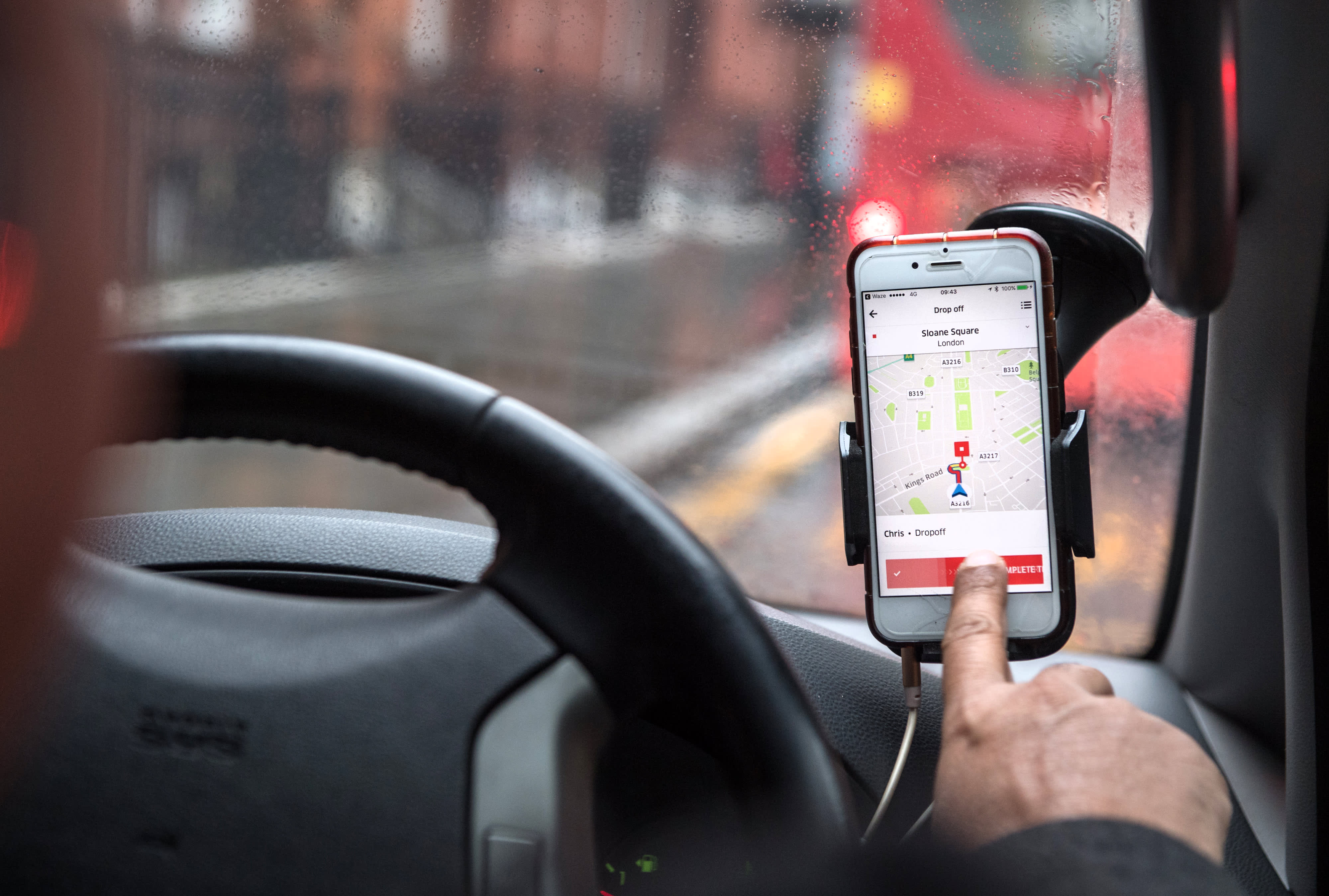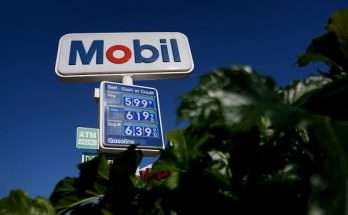
A driver uses the Uber app to drop off a passenger.
Chris J. Ratcliffe | Bloomberg via Getty Images
When Sergio Avedian, 55, started driving full time for Uber and Lyft in 2016, he used to make $3,000 a week.
“Now, it’s impossible to make that kind of money,” he said.
Coming out of the pandemic, demand for rides is high but inflation and the rising price of gasoline has made it harder for drivers to earn what they once did.
“Gas prices pretty much crippled all drivers,” said Chris Gerace, contributor at The Rideshare Guy, a blog aimed at helping rideshare drivers earn more money.
Nearly half of rideshare workers, including Uber and Lyft drivers, as well as food deliverers for companies like Grubhub, DoorDash and Uber Eats, quit or drive less because of the recent spike in gas prices, according to The Rideshare Guy’s own poll.
More from Personal Finance:
How states aim to tackle high gas prices
Why a federal gas tax holiday won’t save consumers much
Here’s how to reduce pain at the pump now
“I hope that it’s only a temporary thing but as time goes on, we are going to have another segment of drivers say ‘I can’t do this anymore,'” Gerace said.
The Consumer Price Index, which measures the prices Americans must pay for goods and services, is up 8.5% from a year ago — notching a fresh high in March. However, gas prices jumped 18.3% for the month, boosted by the war in Ukraine and the pressure that is putting on supply.
“Gas prices alone accounted for more than half of the monthly increase in the CPI, and over the past year, gas prices are up 48%,” said Greg McBride, chief financial analyst at Bankrate.
Although the national average for a gallon of regular gasoline fell slightly to $4.10 after the White House announced several stopgap measures, it is still significantly higher than the $2.86 seen one year ago, according to data from AAA.
In California, where Avedian works, a gallon of regular gasoline averages $5.75.
To compensate drivers for rising gas prices, Uber introduced a temporary fuel surcharge last month. Consumers must now pay an additional 45 cents or 55 cents on each ride and either 35 cents or 45 cents on each Uber Eats order, depending on the location.
“We know that prices have been going up across the economy, so we’ve done our best to help drivers and couriers without placing too much additional burden on consumers,” Uber said in a statement.
Lyft also added a 55-cent surcharge on each ride to help offset drivers’ fuel costs, while Doordash now has a 10% cashback program on all gas purchases and Grubhub increased per mile distance pay.
With more drivers dropping out, the demand for rides is high. That means fares are higher.
Sergio Avedian
contributor at The Rideshare Guy
“We’ve continued to closely monitor gas prices and their impact on drivers,” a spokesperson for Lyft said.
“We’ve taken several steps to help alleviate pain at the pump, including introducing a 55-cent fuel surcharge for each ride that goes directly from riders to drivers, and will continue to invest in additional ways to help the driver community,” the spokesperson added.
As of April, Lyft drivers are spending 57 cents more on gas per hour, on average, compared to a year ago, according to the company.
Avedian, who is also a contributor at The Rideshare Guy, said the incentives, along with a sudden shortage of drivers due to higher gas prices has helped boost his income.
“With more drivers dropping out, the demand for rides is high,” he said. “That means fares are higher.”
Still, others say it doesn’t make up for the increased cost of driving.
“The problem with the fuel surcharge is that it doesn’t take into account distance,” Gerace said. “You might only have short rides, which is great, but if you have longer rides, that 45 or 55 cents is not going to cover anything at that point.
“It helps on paper, but in practice it’s not enough.”


